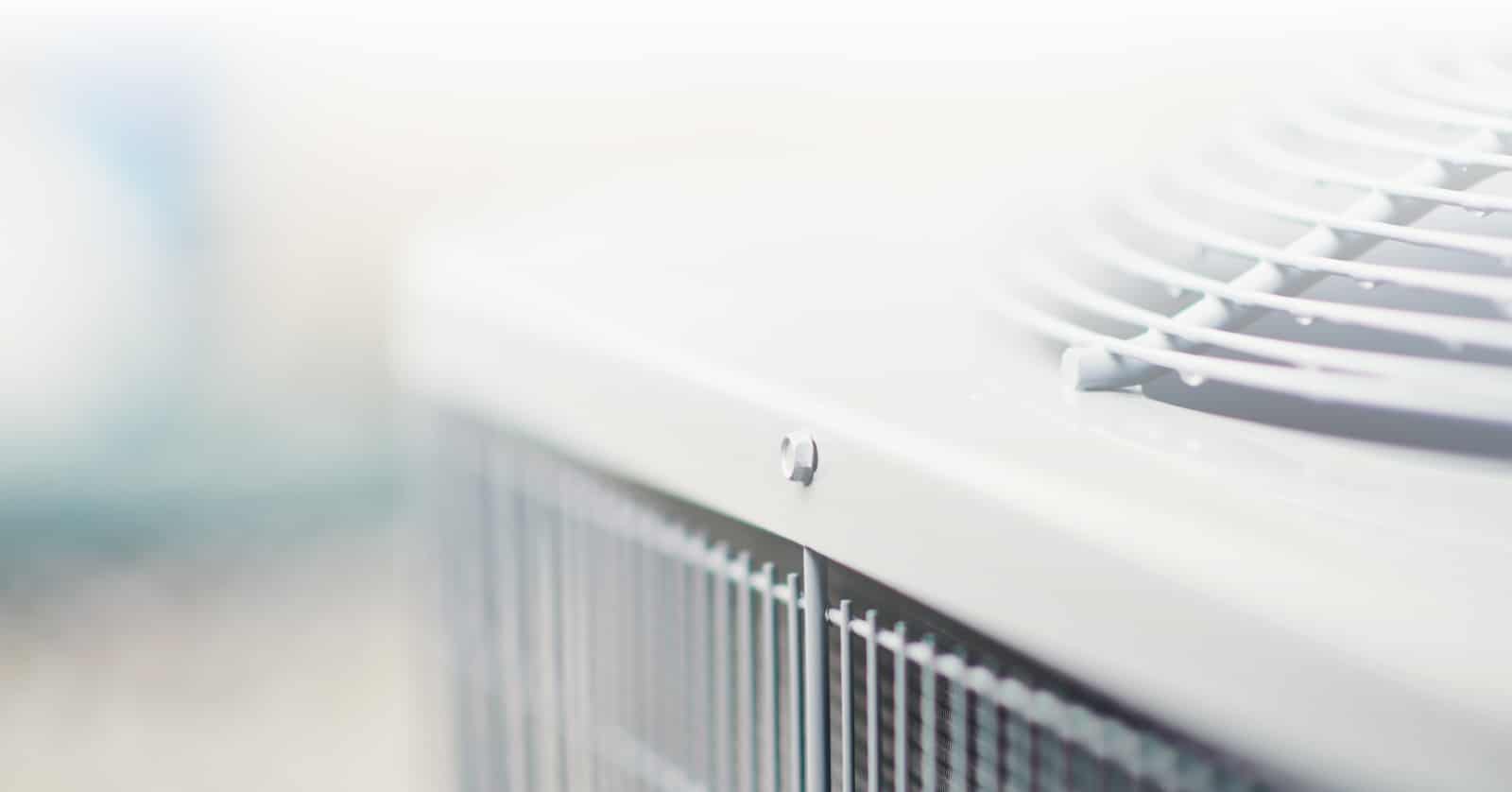You may often come across news stories discussing air pollution and its impact on public health. However, how often do you consider the quality of the air indoors? While outdoor air pollution is undoubtedly a concern, it’s easy to overlook the importance of the air you breathe at home. Poor air quality can be life-threatening for you, your loved ones, your friends, and your pets. That’s why it’s essential to ensure that your indoor spaces are free from sources of pollution. To help you begin purifying the air you breathe every day, here are some practical tips from All Tech Heat & Air.
1. Replace Your AC Filter Regularly
Air conditioning systems are meant to maintain a comfortable temperature in your home. However, as they circulate air, they also collect common air pollutants in their filters. Over time, these filters become clogged and lose their effectiveness. This not only affects your indoor air quality but also puts strain on your AC system, potentially leading to expensive repairs. To avoid these issues, make sure you hire a professional to change your AC filters regularly. If you have allergies or live in a polluted area, consider our air conditioning service plan, which includes filter replacement.
2. Take Care of Your Heating Systems
Certain heating systems can have a significant impact on air quality. Wood-burning stoves and fireplaces, for example, can release harmful particles into your indoors. This increases the risk of health issues like lung cancer. Older furnaces and gas-fueled heating appliances can also pose risks. Gas-powered systems may release carbon monoxide, a dangerous gas. Consider using direct vent gas appliances or opting for cleaner heating options like solar or electric systems.
3. Improve Ventilation in Your Home
Allowing fresh air to flow into your home is a simple and cheap way to improve air quality. Opening windows and doors can help if the outdoor air is clean and low in pollen. However, keep in mind that air can also enter through vents and small gaps around doors. While it may be challenging to control the air coming in through these spaces, ensuring that the air entering your living space through vents is clean can make a difference.
4. Remove Indoor Air Pollutants
To improve air quality, it’s important to get rid of anything in your home that contributes to indoor air pollution. For example, move cleaning supplies, paint, and other chemicals to a storage area outside of your main living space.
5. Avoid Smoking Indoors
Indoor smoking is a major air pollutant and poses serious health risks. Secondhand smoke can lead to respiratory tract infections in children and worsen existing cardiovascular or lung conditions in adults. To maintain good indoor air quality, establish a strict no-smoking policy indoors and encourage smokers to smoke outside.
6. Control Humidity Levels
Excessive humidity promotes the growth of mold and mildew, which can trigger respiratory issues. During humid summer months, it’s important to reduce moisture in your indoors. Having a professional install, a dehumidifier strategically throughout your home can help maintain optimal humidity levels.
7. Test for Radon
Radon gas, a silent and odorless killer, can be found in many homes and is a leading cause of lung cancer. Testing your home for radon is essential. Radon testing is cheap and easy to do. Taking steps to address the random gas issue significantly contributes to saving numerous lives.
8. Keep Your House Clean
Maintaining cleanliness in your home significantly contributes to better indoor air quality. Regularly vacuuming carpets and area rugs can reduce dust and allergens. Additionally, washing bedding, drapes, and other items that attract allergens can help create a healthier living environment. You can also use dust mite-proof covers on pillows and mattresses.
9. Use Indoor Plants for Air Purification
Indoor plants are natural air filters and enhance both air quality and home aesthetics. Consider adding small plants like ferns, lilies, or larger palm trees to your home.
10. Avoid Idling Vehicles
When a vehicle is left running indoors, such as in a garage or another confined area, the exhaust emissions from the engine are discharged into the immediate air. These emissions comprise different contaminants like carbon monoxide (CO), nitrogen oxides (NOx), particulate matter, and volatile organic compounds (VOCs). These pollutants can pose risks to human health and the environment. Remember to promptly turn off your vehicle as soon as you enter your garage.
11. Have a Professional Inspect Your Air Ducts
Air ducts play an important role in distributing hot and cold air throughout your home, maintaining a comfortable climate in every room. However, poorly installed, or neglected ducts can circulate contaminants from one room to another. Over time, dust, dander, and even mold can accumulate in the ducts, compromising overall air quality. Hire a professional who can inspect and maintain your ducts regularly.
12. Upgrade to a Thermostat With Circulating Mode
An ideal thermostat can circulate air in your home even when you’re not using the AC. Look for a thermostat with a circulating mode or one that allows the fan to run continuously at a reduced speed. Some smart thermostats also offer the option to control the fan manually from your phone.
13. Keep Pets Out of Your Bedroom
Pet dander can contribute to poor air quality, particularly for individuals with sensitivities. To reduce exposure, it’s best to keep pets out of sleeping areas. Regularly cleaning floors and upholstered furniture can also help minimize allergens, as fur and waste can also trigger issues.
14. Avoid Disturbing Asbestos
Asbestos, a mineral fiber, can still be present in many older homes. Inhaling tiny asbestos fibers can increase the risk of lung cancer and other lung diseases. Common areas where asbestos can be found include pipe coverings, flooring, shingles, and roofs. Make sure to regularly inspect materials that may contain asbestos for any signs of damage. However, do not attempt to remove asbestos that is already in place. If the material is damaged or if you are planning to remodel, always seek professional help.
15. Choose Low VOC Paints
Paints can release trace amounts of gases, known as volatile organic compounds (VOCs), for months after application. These gases can contain highly toxic chemicals like formaldehyde and acetaldehyde. When buying paint, opt for “low-VOC” paints, varnishes, waxes, and similar products.
16. Be Cautious About Lead Exposure
If your home was built in the 70s, it may have some lead-based paint. Peeling, chipping, or deteriorating lead-based paint can significantly increase the risk of harmful lead exposure. Children are particularly vulnerable, as inhaling lead paint dust can cause developmental delays, a lower IQ, and behavioral problems. To minimize this risk, follow these steps:
- Leave intact lead-based paint undisturbed
- Avoid sanding or burning it off
- Seek professional assistance for lead paint removal
- Change clothes and use doormats before entering your home when in contact with lead
Maintaining clean and healthy indoor air necessitates ongoing effort and preventive measures. Now that you have gained valuable knowledge, we invite you to schedule an appointment with our Oklahoma City, OK team. We offer a variety of service plans, including AC installation, maintenance, duct cleaning, and more, all aimed at ensuring the cleanliness of your air. Additionally, we provide plumbing and heating services. Call All Tech Heat & Air today for more information.




